Are you planning a tiling project for your home but feeling confused about the terminology? Don’t worry, you’re not alone! One common question is the difference between pressed edge and rectified tiles.
Understanding this difference will impact the look and functionality you desire for your space. So, let’s dive in and unravel the mystery behind a pressed edge tile vs a rectified one to help you make an informed decision for your next project!
Table of contents
- What does pressed edge mean on tiles?
- What are the drawbacks of pressed edge tiles?
- What is a rectified tile?
- What are the disadvantages of rectified tiles?
- Which is better: rectified or pressed tile?
What does pressed edge mean on tiles?
Let’s start by demystifying what “pressed edge” means for tiles. Non rectified pressed edge tiles are made through a manufacturing process where the clay mixture is pressed into moulds to form individual tiles. This method results in slightly rounded or irregular edges on the tiles. The pressing process may also cause slight variations in size and shape among the tiles in a batch. When baked in a kiln, the tile will expand and contract, causing further variations.
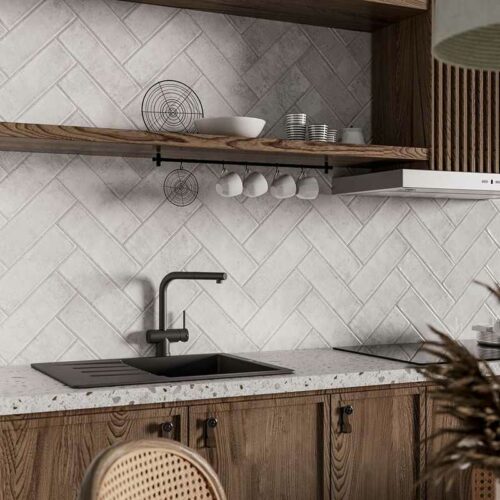
Pressed edge tiles offer a more traditional and rustic look than rectified tiles. The rounded cushion edges create a softer, more organic appearance when the tiles are installed, making them ideal for spaces with a cosy and inviting ambience. The slight size discrepancies can contribute to a handcrafted feel, adding character to your design.
When using pressed edge tiles, the grout lines should ideally be 1/8 inch or wider to accommodate the irregular edges. This ensures a proper fit and allows for tile size and shape variations, resulting in a more seamless and visually appealing installation.
What are the drawbacks of pressed edge tiles?
While pressed edge tiles offer a charming aesthetic and a handcrafted feel, they come with some disadvantages. One drawback is that the slightly irregular edges can make it challenging to achieve a perfectly uniform grout line.
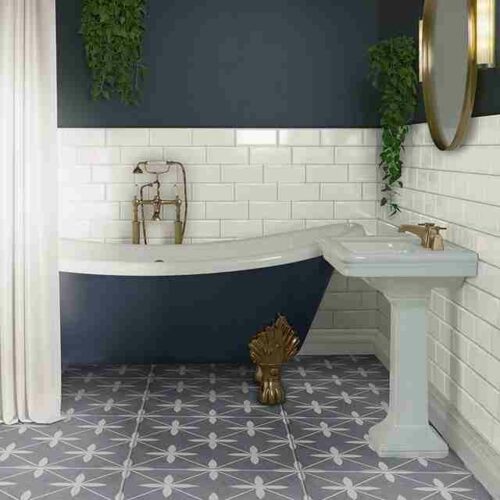
Additionally, the tile size and shape variations may mean your installation isn’t completely uniform. Another consideration is that the rounded edges and wider grout lines can accumulate more grime and dirt over time compared to rectified tiles, requiring more frequent cleaning to maintain their appearance.
Overall, while pressed edge tiles deliver a unique and rustic look, they may require extra attention during installation and maintenance.
What is a rectified tile?
Now, let’s shed some light on a rectified edge tile. Unlike pressed edge tiles, rectified edge tiles undergo an additional manufacturing process called “rectification”. This process involves cutting the tiles after firing them in a kiln to ensure precise, uniform dimensions with perfectly straight edges. As a result, rectified tiles feature a clean and sleek appearance with sharp, crisp edges.
The main advantage of rectified tiles is their uniformity in size and shape, which allows for tighter grout lines smaller than 1/8 inches and a more polished finish. This makes them especially suited for modern and contemporary designs with a seamless look, creating a sophisticated, upscale look in any space.
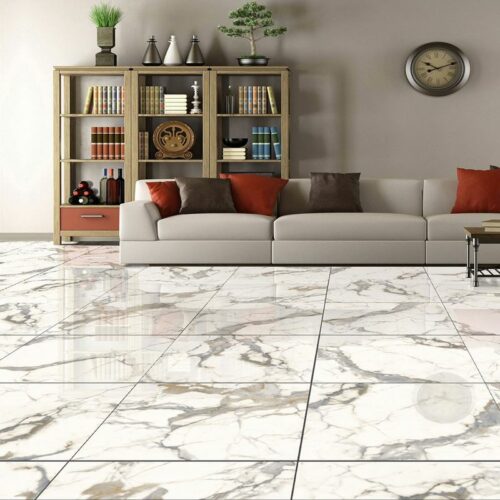
Rectified porcelain tiles are a popular choice in the world of tiling due to their durability, versatility and sleek appearance. Made from high-quality porcelain, they are ideal for both residential and commercial settings with a clean and polished finish. With their resistance to moisture, stains and wear, they are often used in bathrooms, kitchens and high-traffic areas, providing a long-lasting and low-maintenance solution for any space.
What are the disadvantages of rectified tiles?
While rectified tiles offer many benefits, one drawback is that their sharp edges can be more prone to chipping during handling and installation. Therefore, extra care must be taken during transportation and installation to prevent damage.
Additionally, the precise sizing of rectified tiles means that any imperfections in the subfloor or unevenness in the installation surface can be more noticeable, requiring thorough preparation before installation.
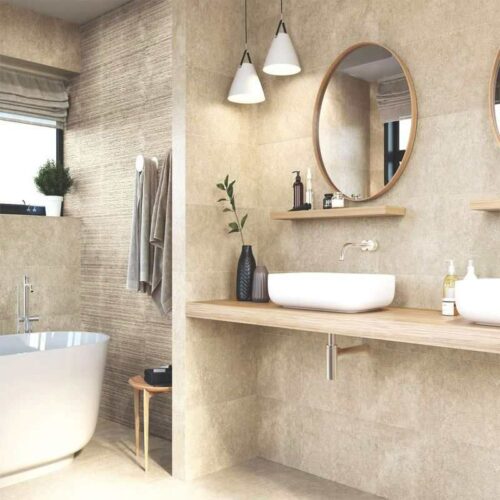
Another consideration is that the tight grout lines used with rectified tiles have less room for error during installation. Any inconsistencies in the tile layout or grout application can be more apparent, detracting from the overall appearance of the finished project.
Furthermore, the cost of rectified tiles and the specialised tools and expertise required for their installation may be higher compared to traditional pressed edge tiles. This makes them less budget-friendly for some projects.
Despite these drawbacks, with proper handling and installation, rectified tiles can provide a stunning and contemporary look that enhances any space.
Which is better: rectified or pressed tile?
Deciding between rectified and pressed edge tiles ultimately depends on your specific requirements and preferences for your project. Both tile types have unique advantages and drawbacks to consider.
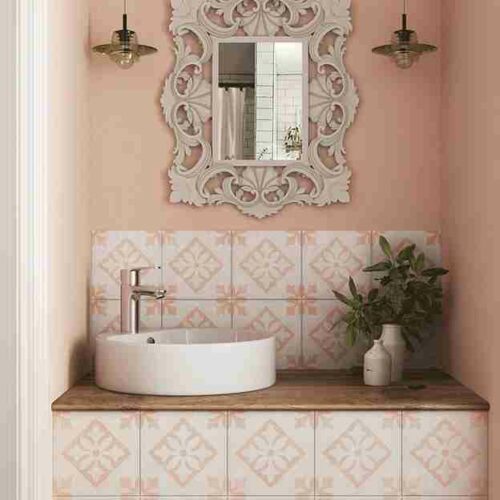
If you’re aiming for a more traditional or rustic look and want a softer, handcrafted feel, pressed edge tiles may be the better option. Their slightly irregular edges and variations in size and shape can add character and charm to your space, making them ideal for DIY projects or less experienced installers.
On the other hand, if you prefer a sleek, modern aesthetic and value precise dimensions and uniformity, rectified tiles may be the way to go. Their sharp, crisp edges and tight grout lines create a clean, sophisticated look well-suited for contemporary designs. They also offer easier maintenance and a more polished finish, making them a popular choice for high-end residential and commercial projects.
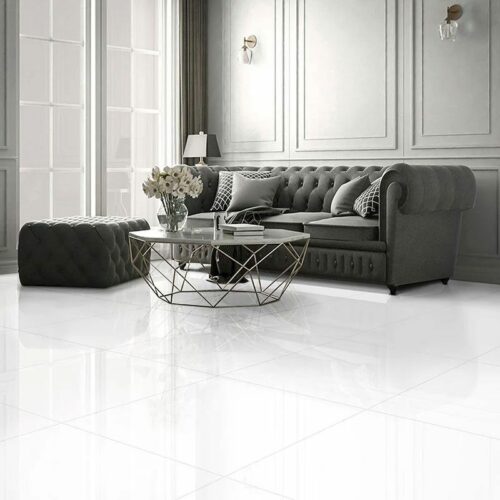
Ultimately, the decision between rectified and pressed edge tiles comes down to your personal preference, budget, and the overall design vision for your space. Consider factors such as the style of your home, the level of maintenance you are willing to undertake, and the expertise of your installer when making your choice. By carefully weighing the pros and cons of each option, you can select the type of tile that best suits your needs and achieve the desired look for your project.
If you want to find out more about tiles, feel free to check out our Help and Advice guides, including PEI ratings explained and The ultimate tile aftercare guide.

























